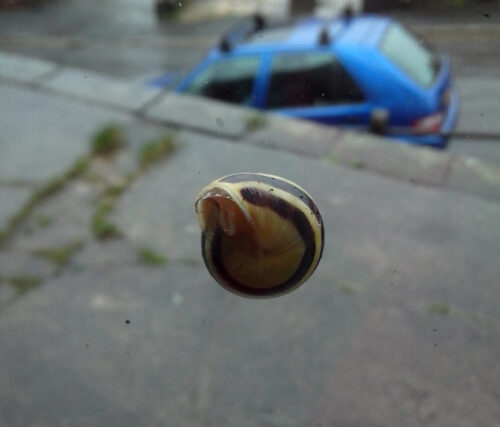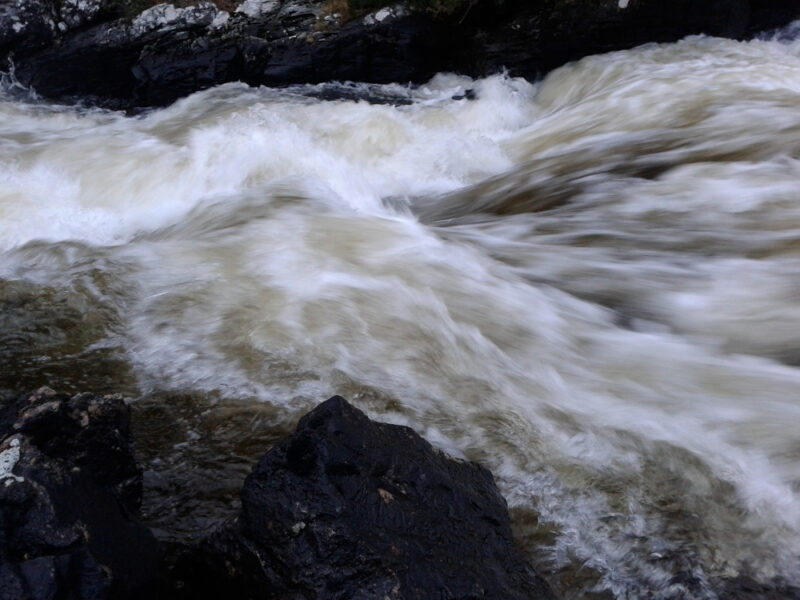Last night the sky was weft with strange lights. They appeared first in the north: an array of subtle green shafts glowing gently across the back of the sky. They were uncanny, difficult to focus on, seeming still at a quick glance but moving almost imperceptibly with slight shifts and shimmers. You had to look at them only intermittently, as if visually standing back from them, as they hovered above the horizon, until gradually, barely discernibly, they strengthened and spread and eventually the whole north-eastern sky was shot through with a shimmering green shine.
That was it for a while. Cloud came, covering the green shafts, and the night became damp and subdued. We went inside to warm up in front of small flames of gold and amber but when we came back outside, the sky was alight. Soft ribbons of rose and green streamed towards us from the west, flowing upon us in long sinuous tongues, and waving and wafting over our heads like smoke. Their colours were paler than the brighter green of the shafts to the north but they moved so sensuously; flaring and subsiding, weaving and dissolving in and out of each other, stretching and illuminating the dark width of the night.
It was difficult to get a sense of their scale. Their display took over the whole northern half-dome of the sky, arching over our heads and homes, appearing infinitely far and intimately near, and seeming to move both quickly and slowly at the same time. And the light itself looked both alien and familiar, eerie and incredible. The night felt hallowed and hollowed and filled.
Eventually cloud came once more, and rain, extinguishing the lights, and the sky became blanketly dark. A few hours later, however, when we stepped outside, the rain and cloud had blown over and the stars had been restored.
It seemed surprising to see the night showing itself again. The stars were so white – bright all the way down to the horizon – and the spaces between them so black. The north star had pinned itself overhead and in the time since the lights had begun, smothering the stars, the Plough and Orion had wheeled well around it. Time had resumed now, constellated and clear.
Even after the stars were restored though, a low arc remained, radiating from the north: stalks of faint greenish light lined upward into the height of the sky, like the backlit stems of tall pines in an invisible night forest. But there are no trees here, only rolling ground, and stars, and lights.
Balchladich, Assynt, Scotland
27th February 2014





